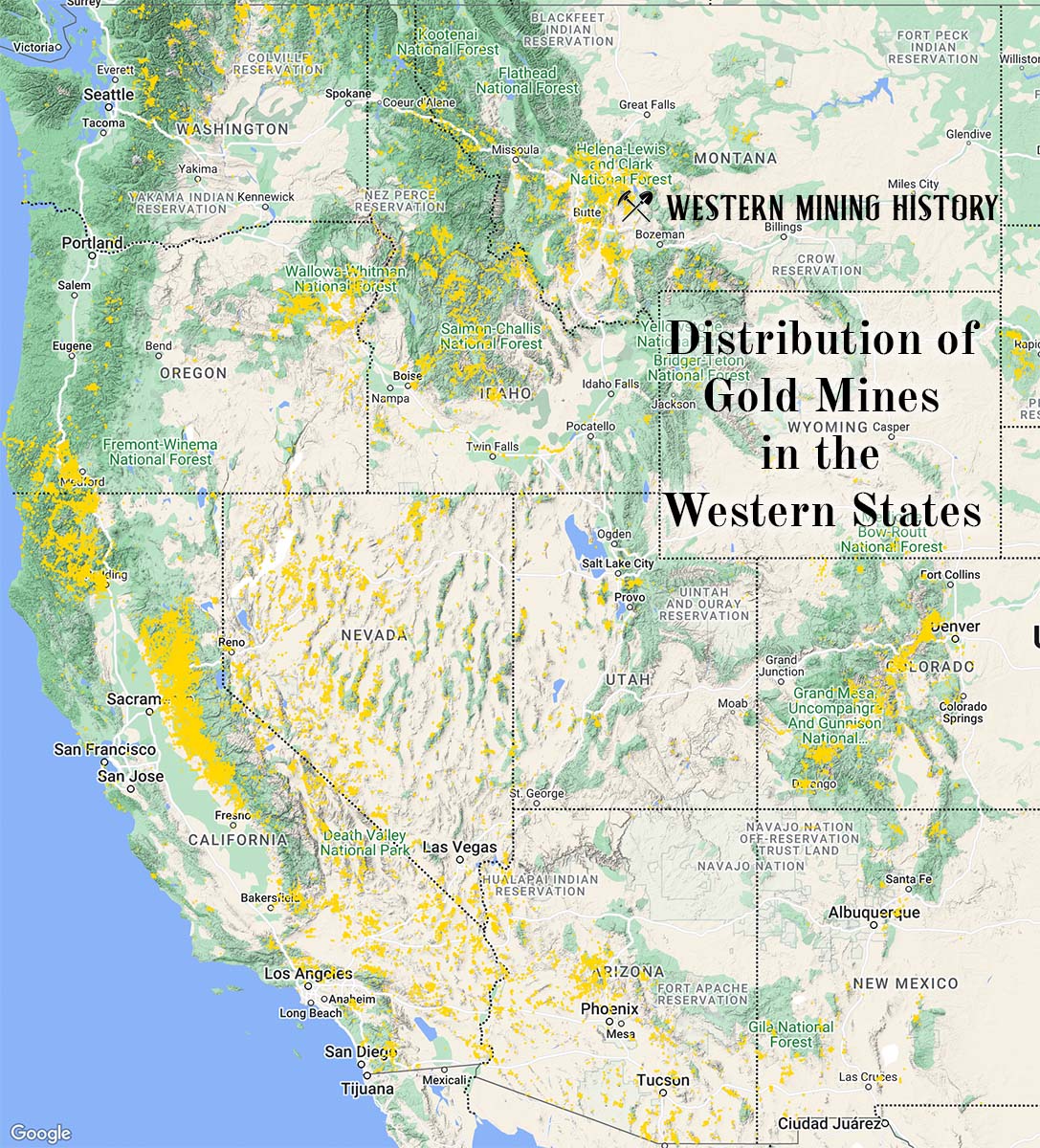The Charles Frank is a gold mine located in Alaska.
About the MRDS Data:
All mine locations were obtained from the USGS Mineral Resources Data System. The locations and other information in this database have not been verified for accuracy. It should be assumed that all mines are on private property.
Mine Info
Charles Frank MRDS details
Site Name
Primary: Charles Frank
Commodity
Primary: Gold
Location
State: Alaska
District: Homer
Land Status
Not available
Holdings
Not available
Workings
Not available
Ownership
Not available
Production
Not available
Deposit
Record Type: Site
Operation Category: Past Producer
Operation Type: Unknown
Years of Production:
Organization:
Significant:
Physiography
Not available
Mineral Deposit Model
Model Name: Low-sulfide Au-quartz vein
Orebody
Not available
Structure
Not available
Alterations
Alteration Type: L
Alteration Text: None reported, although Borden and others (1991) report other veins in the Nuka Bay district show carbonization, sulfidization, sericitization, and silicification of the wall rock adjacent to the veins.
Rocks
Not available
Analytical Data
Not available
Materials
Ore: Pyrite
Ore: Gold
Ore: Arsenopyrite
Gangue: Quartz
Comments
Comment (Workings): Workings / Exploration = A 60 foot adit was driven N50W where it intersected the vein. A total of 51 feet of drift was driven along the vein eight feet to the southwest and 43 feet to the northeast (Pilgrim, 1933). Grab samples from the dump contained 0.04 ppm gold (Richter, 1970).
Comment (Geology): Age = Tertiary; Boden and others (1991) report other veins in the district are about 55 m.y. old.
Comment (Exploration): Status = Inactive
Comment (Production): Production Notes = An unknown amount of gold was produced between 1931 and 1933 (Pilgrim, 1933).
Comment (Deposit): Model Name = Low-sulfide, Au-quartz vein (Cox and Singer, 1986; model 36a)
Comment (Deposit): Other Comments = These prospects are within the Kenai Fjords National Park which is closed to mineral entry.
Comment (Reference): Primary Reference = Richter, 1970; Pilgrim, 1931
Comment (Geology): Geologic Description = The prospect consists of two quartz-arsenopyrite veins that cut Cretaceous Valdez Group black slate (Richter, 1970). Pilgrim (1933), describes the vein as being 8 to 14 inches wide, it trends N53E and dips 79N. Near the caved portal the black slate strikes N25E and dips 35W. A 60 foot adit was driven N50W where it intersected the vein. A total of 51 feet of drift was driven along the vein eight feet to the southwest and 43 feet to the northeast (Pilgrim, 1933). Grab samples from the dump contained 0.04 ppm gold (Richter, 1970).
References
Reference (Deposit): Cobb, E.H., 1972, Metallic minerals resources map of the Seldovia quadrangle, Alaska: U.S. Geological Survey Miscellaneous Field Studies Map MF-397, 1 sheet, scale 1:250,000.
Reference (Deposit): Cobb, E.H., 1979, Summary of references to mineral occurrences (other than minerals fuels and construction materials) in the Seldovia quadrangle, Alaska: U.S. Geological Survey Open-file Report 80-87, 47 p.
Reference (Deposit): Richter, D.H., 1970, Geology and lode-gold deposits of the Nuka Bay area, Kenai Peninsula, Alaska: U.S. Geological Survey Professional Paper 625-B, p. Bl-B16.
Reference (Deposit): MacKevett, E.M., Jr., and Holloway, C.D., 1977, Map showing metalliferous and selected non-metalliferous mineral deposits in the eastern part of southern Alaska: U.S. Geological Survey Open-File Report 77-169-A, 99 p., 1 sheet, scale 1:1,000,000.
Reference (Deposit): Borden, J.C., Goldfarb, R.J., Gent, C.A., Burruss, R.C., and Roushey, B.H., 1992 Geochemistry of lode-gold deposits, Nuka Bay district, southern Kenai Peninsula: Geologic studies in Alaska by the U.S. Geological Survey, 1991: U.S. Geological Survey Bulletin 2041, p. 13-21.
Reference (Deposit): Pilgrim, E.R., 1933, Progress of lode mining in interior Alaska, 1932: Alaska Territorial Department of Mines Miscellaneous Report 194, 11 p.
The Top Ten Gold Producing States

These ten states contributed the most to the gold production that built the West from 1848 through the 1930s. The Top Ten Gold Producing States.